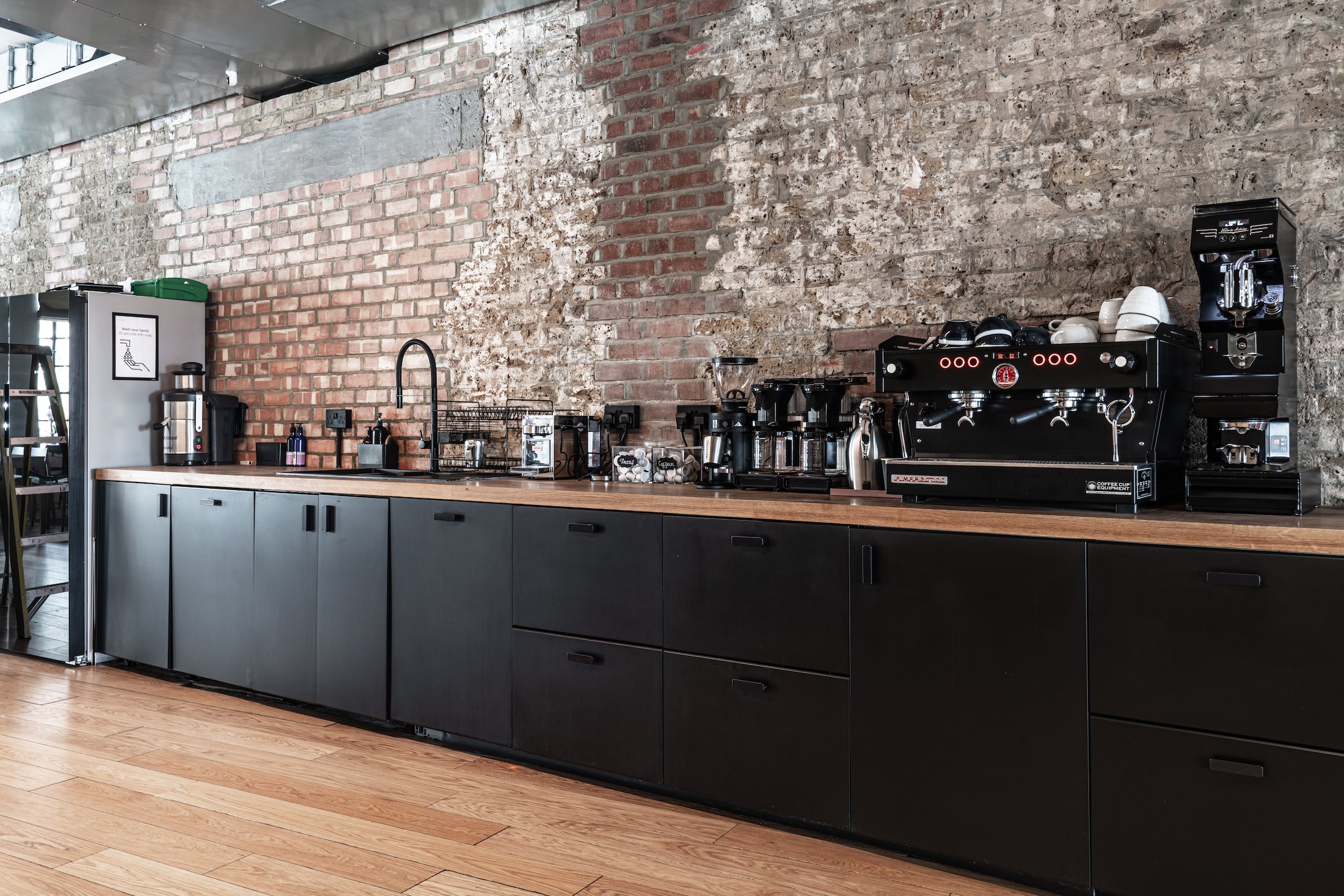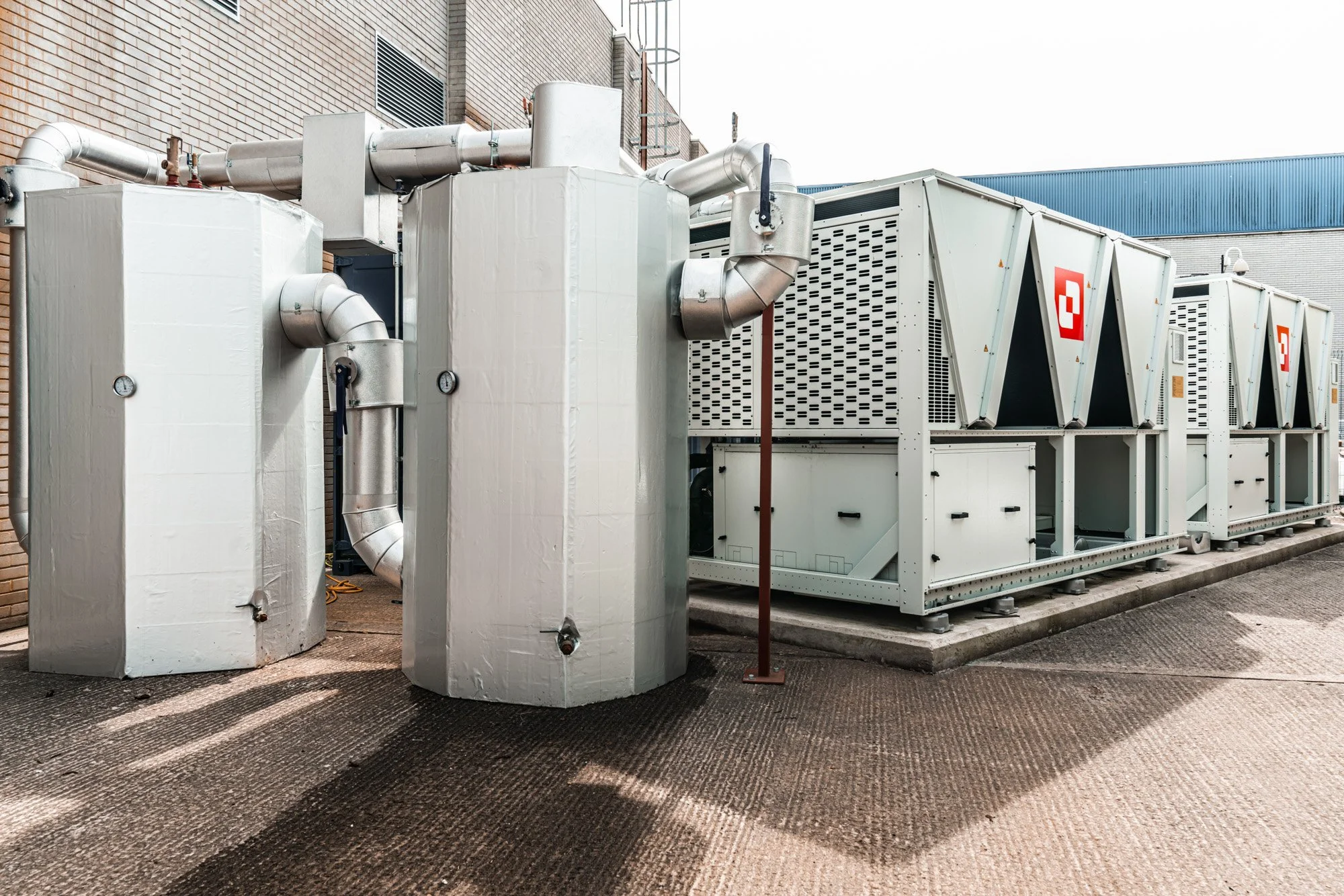
MEP
MEP stands for mechanical, electrical, and plumbing engineering. MEP installations are typically built together due to their high level of interaction. An integrated MEP approach outperforms designing each system independently when it comes to planning building systems. It's difficult to manage interactions among building systems when the design process is divided, and equipment position conflicts are prevalent.
MEP systems, which are frequently created by specialised consultants and contractors, can result in complex coordination and detailing issues. Several designs, installation, commissioning, operating, and maintenance objectives and criteria must be met.
Mechanical systems
Mechanical systems most commonly relate to heating ventilation and air conditioning systems, but they can also relate to transportation systems such as lifts and escalators, elements of infrastructure, industrial plants and machinery, and so on. Heating ventilation and air conditioning can be used in buildings to:
Maintain internal air quality.
Regulate internal temperatures. (Server room, precision aircon)
Regulate internal humidity even for scientific laboratories
Electrical Systems
Electrical systems might include:
Power supply and distribution.
Information and telecommunications systems.
Control systems.
Security and access systems.
Detection and alarm systems.
Industrial and exterior lighting.
Plumbing Systems
Plumbing systems refer to any system that allows the movement of fluids, typically involving pipes, valves, plumbing fixtures, tanks and other apparatus. Plumbing systems might be used for:
Heating and cooling.
Waste removal.
Potable cold and hot water supply.
Water recovery and treatment systems.
Rainwater, surface and subsurface water drainage.
Fuel gas piping.



